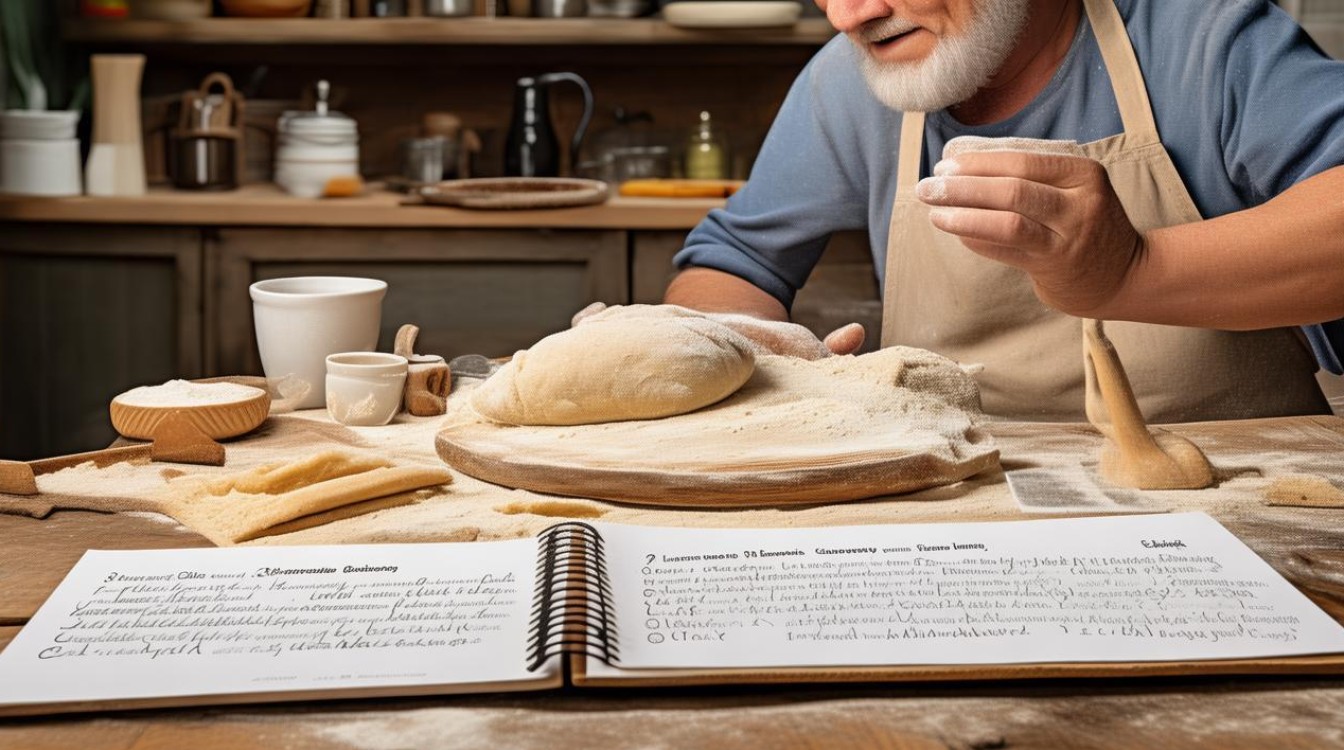Mastering English Conversations Through Baking Bread
Learning English through practical activities like baking bread can make language acquisition more engaging and memorable. Whether you're a beginner or an advanced learner, discussing recipes, techniques, and kitchen vocabulary in English helps build fluency. Below, we explore essential phrases, common baking terms, and real-world data on bread-making trends to enhance your conversational skills.

Essential English Phrases for Baking Bread
Starting the Conversation
- "Have you ever baked bread from scratch?"
- "What’s your favorite type of bread to make?"
- "Do you prefer using a stand mixer or kneading by hand?"
Discussing Ingredients
- "This recipe calls for active dry yeast. Do you have any?"
- "How much flour should we add?"
- "Should we use whole wheat or all-purpose flour?"
Describing the Process
- "First, we need to proof the yeast in warm water."
- "The dough should double in size during the first rise."
- "Let’s preheat the oven to 375°F (190°C)."
Troubleshooting Common Issues
- "Why isn’t my dough rising?" (Possible answer: The yeast may be expired, or the water was too hot.)
- "The bread is too dense. What went wrong?" (Possible answer: Over-kneading or insufficient rising time.)
Bread-Making Vocabulary
| Term | Definition |
|---|---|
| Knead | To work dough with hands to develop gluten. |
| Proof | Letting dough rise before baking. |
| Sourdough | Bread made with a fermented starter instead of commercial yeast. |
| Gluten | A protein in flour that gives bread elasticity. |
| Crust | The outer layer of baked bread. |
Latest Trends in Bread Baking (2024 Data)
Baking habits have evolved, especially after the pandemic. Below are some key statistics from recent surveys:
Popular Bread Types (Source: Statista, 2024)
| Bread Type | Global Popularity (%) |
|---|---|
| Sourdough | 42% |
| Whole Grain | 38% |
| Baguette | 28% |
| Gluten-Free | 22% |
Reasons People Bake at Home (Source: King Arthur Baking Survey, 2023)
- Healthier ingredients (65%)
- Cost savings (48%)
- Therapeutic benefits (52%)
- Customization (37%)
Practicing English with Baking Scenarios
Scenario 1: Following a Recipe Together
Person A: "The recipe says we need 500 grams of flour. Should we measure by weight or cups?"
Person B: "Weight is more accurate. Do you have a kitchen scale?"
Scenario 2: Troubleshooting
Person A: "My bread came out too dry. What could be the issue?"
Person B: "Maybe it was overbaked, or the dough needed more hydration."
Scenario 3: Sharing Results
Person A: "I tried a no-knead bread recipe. The crust was perfect!"
Person B: "That’s great! Did you use a Dutch oven?"
How Baking Improves English Skills
- Expands Vocabulary – Learning terms like "fermentation" and "autolyse."
- Encourages Step-by-Step Thinking – Following instructions improves comprehension.
- Boosts Confidence – Successfully baking while speaking English reinforces learning.
For those looking to deepen their knowledge, watching English baking tutorials (e.g., BBC Good Food) or joining online baking forums can be highly beneficial.
Baking bread isn’t just about creating delicious food—it’s a practical way to enhance English conversation skills. Whether discussing measurements, troubleshooting, or sharing results, every step offers a chance to practice and improve. So next time you bake, try doing it in English!











